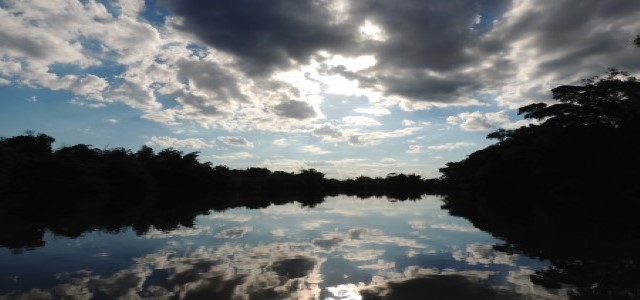South American countries were among the first to ratify the Paris Agreement and to submit NDCs. Sustained by agriculture and forestry, the economies of these countries are especially vulnerable to the effects of extreme weather. One of these is Paraguay, whose exports of soybean and cotton, and production of livestock support close to 7 million people, and whose water resources closely link food production, transport, and energy.
Paraguay’s first NDC focused on reducing deforestation, increasing renewable energy, and improving transport. Adaptation to climate change was included as a priority in the National Development Plan 2030, and Paraguay published a National Plan for Climate Change Adaptation in 2017.Developing a more nuanced understanding of the country’s needs, and a more detailed set of actions to address climate change issues were the next steps.
Climate change linked to NDCs
GWP South America, collaborating with members of the NDC Partnership and Paraguay’s Ministry of Environment and Development, are taking these steps by formulating new adaptation goals that reflect the country’s current context and that are aligned with the country’s climate change adaptation plan. The work aims to help prepare the country’s submission for the second round of NDCs by strengthening data and evidence, creating a stronger link to existing development plans and the Sustainable Development Goals, incorporating gender considerations, and including a plan to monitor NDC implementation.
Training leaders to promote an ambitious climate vision and convening public- and private-sector stakeholders to contribute to the NDC update are key activities to support this work. Successful adaptive practices that are developed in communities are more likely to be sustainable than approaches imposed from outside. New technical knowledge gained since submission of Paraguay’s first NDC, such as that supplied by climate models and analysis of national emissions, can be successfully applied only if it is seen to be relevant to the country’s economy and livelihoods. That means capturing and incorporating the experience of Paraguayans from local to national levels, and across economic sectors.
Reference for future
GWP is doing this by creating a baseline analysis of how the country has already been adapting to climate change, and building on this analysis to create new adaptation targets and formulate plans to monitor and measure progress. For example, the country has been evaluating the use of groundwater in the Guarani aquifer that supports Paraguay and its neighbouring countries.
Potential pathways and responsibilities for the proposed adaptation goals are clarified by engaging stakeholders in reviewing the baseline analysis, and in understanding the interlinkages between the national and international planning processes and frameworks.

